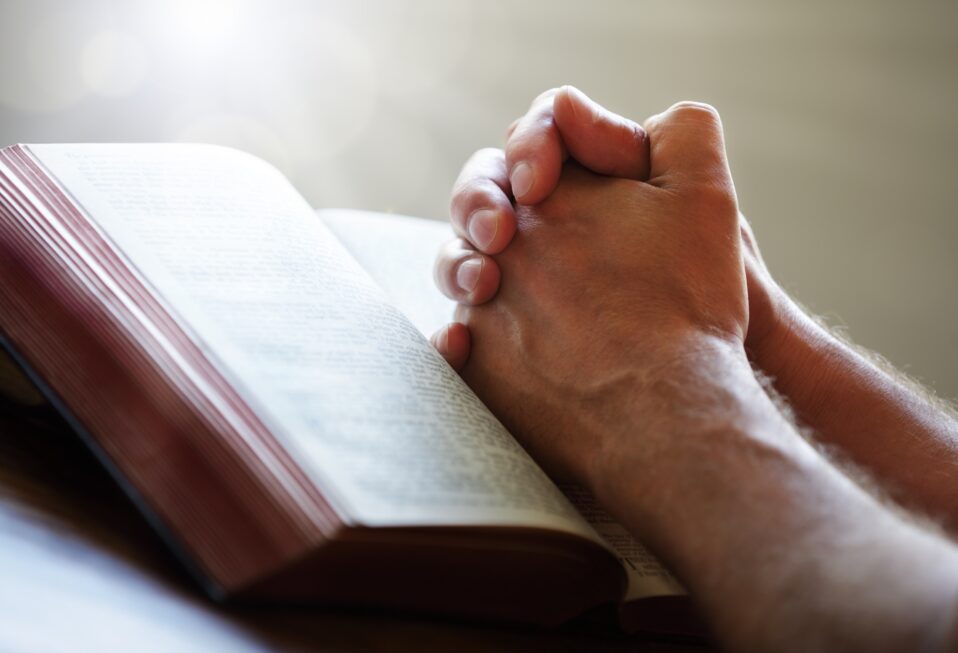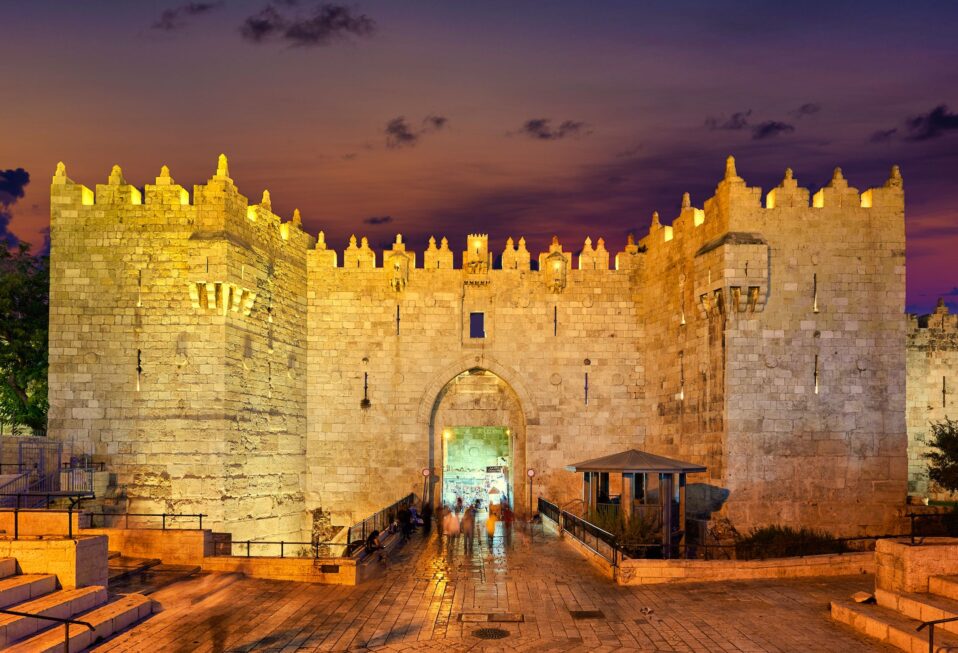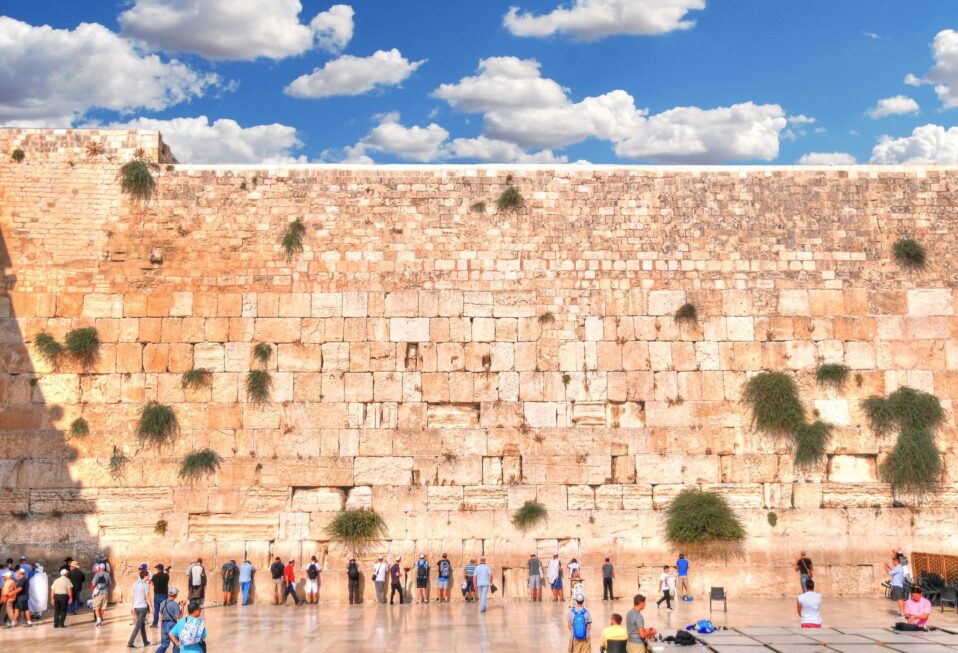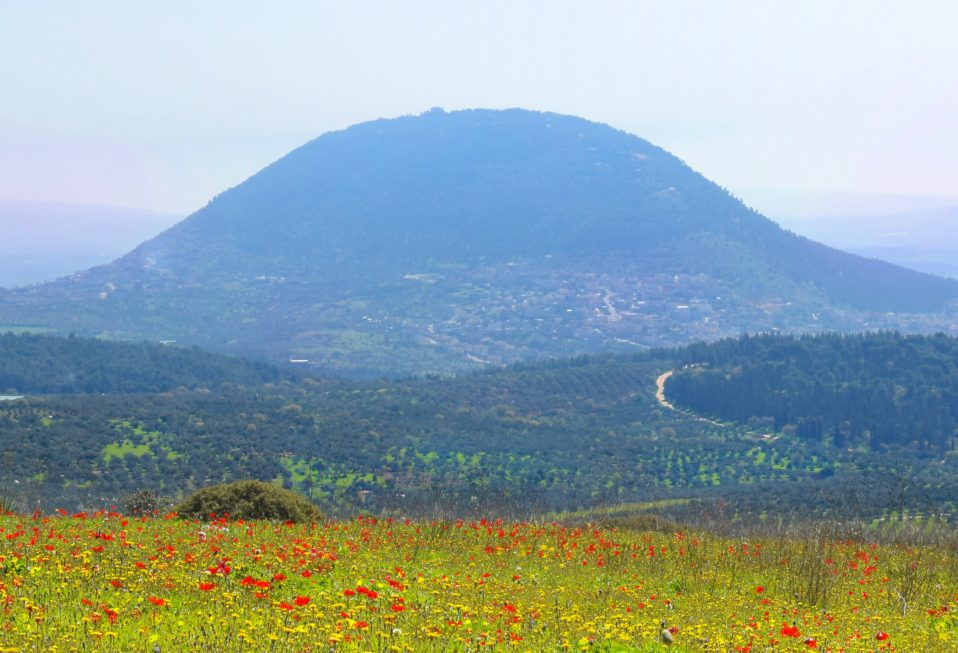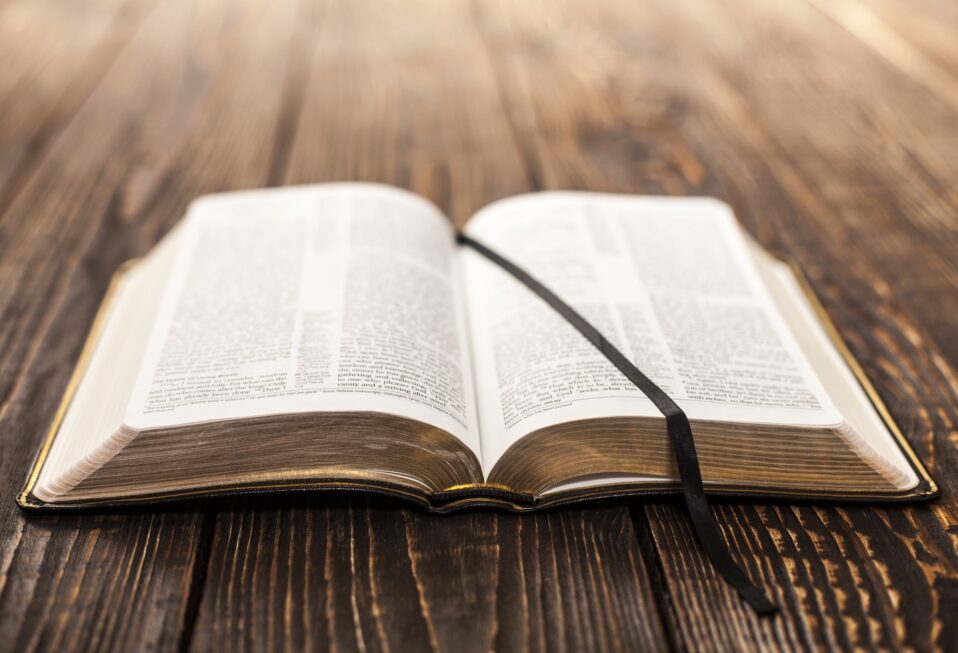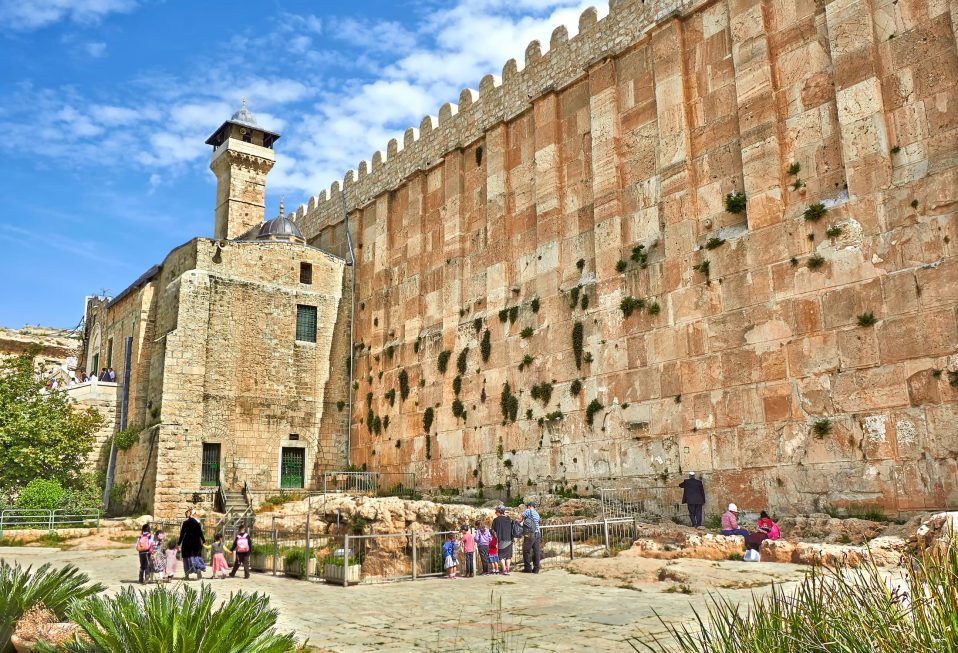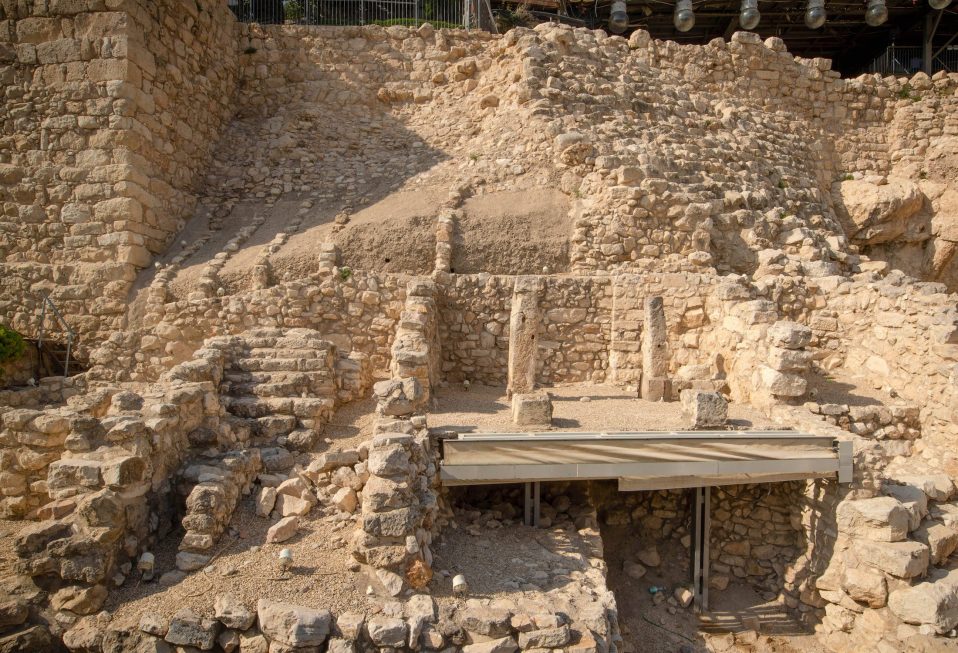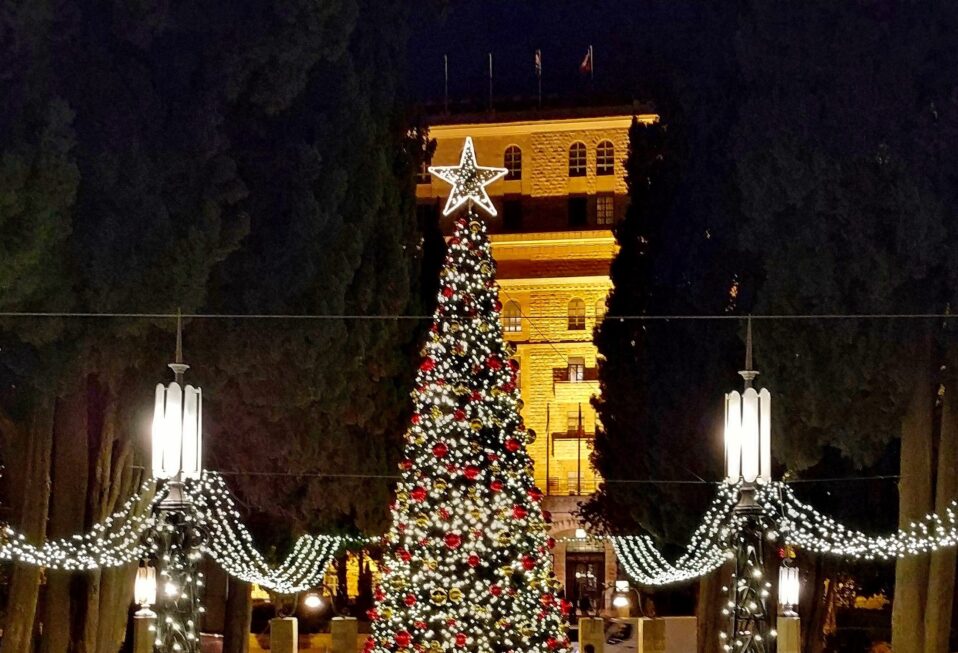“He gives strength to the weary, and to the one who lacks might He increases power. Though youths grow weary and tired, and vigorous young men stumble badly, yet those who wait for the LORD will gain new strength; they will mount up with wings like eagles, they will run and not get tired, they will walk and not become weary” (Isaiah 40:29-31 NASB).
The word “to wait” in Hebrew also means “to hope.” The ability to remain steadfast, unmoved no matter what the circumstances—that’s what the Bible means by faith.
Faith in the Bible does not refer to “belief” in the sense of some inward, psychological state; rather, faith is steadfastness. It’s hard to remain steadfast when you’re tired. It’s hard to continue hoping when nothing seems to change, “yet those who wait for the LORD will gain new strength.”
One of the reasons athletes train and condition is so that when they call upon their bodies to perform at peak levels during a performance, they can do so without becoming tired. When we are tired, we lose focus; we don’t function well. Tiredness affects mental and physical performance; it impacts our emotional health. It opens us up to giving up. Do we have patience to wait on God?
That’s becoming increasingly difficult in our world today. We want rapid answers to our questions and prompt solutions to our problems. Waiting is not a part of our 21st-century DNA.
Paul spoke about what produces hope in our lives: “Affliction produces endurance, endurance produces proven character, and proven character produces hope. This hope will not disappoint us, because God’s love has been poured out in our hearts through the Holy Spirit who was given to us” (Romans 5:3-5 HCSB).
Affliction, or suffering, produces endurance, and endurance produces hope. Our waiting and steadfastness produce hope in our lives.
We may get tired; everyone does, even the young. We may be weary, life does that. But do we focus on remaining steadfast in our commitment to obey God? That, Paul says, produces hope, and those who hope in God will renew their strength.
The true test of our faith is not what we say, not what we feel, but how steadfast we remain. Hope does not disappoint because we serve a God who brings rest to the weary, who restores the downtrodden, and who strengthens the weak.
Our steadfastness also offers an incredible testimony to a watching world that wants everything now.
PRAYER
Father, renew us, we are weary. May we remain steadfast, hoping in You. Amen.


